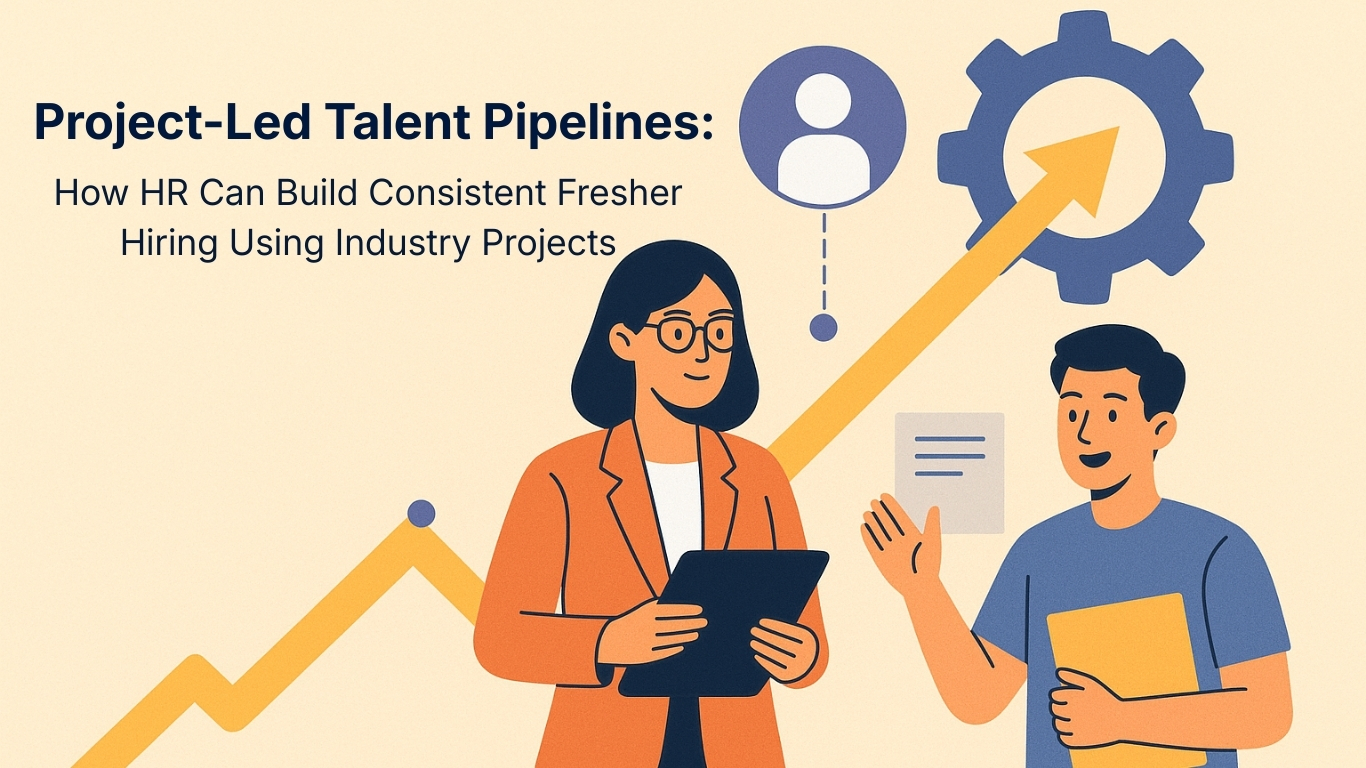Introduction
High employee turnover is a costly issue affecting companies worldwide. When high employee turnover rates occur, businesses face increased recruitment costs, decreased productivity, and a negative impact on team morale. Traditional hiring methods often fail to reduce high employee turnover because they don’t effectively assess cultural fit or practical skills. This is where project-based hiring comes in. By engaging candidates in real-world projects, companies can evaluate job readiness, adaptability, and team compatibility, ultimately reducing high employee turnover rates. Qollabb offers a structured platform for implementing project-based hiring effectively.
Understanding High Employee Turnover
What is High Employee Turnover?
High employee turnover refers to the rate at which employees leave a company within a specific period. It includes both voluntary and involuntary exits. Voluntary turnover occurs when employees resign due to dissatisfaction, better opportunities, or lack of growth. Involuntary turnover happens when companies terminate employees due to performance issues or restructuring.
- Statistics show that high employee turnover costs businesses approximately 33% of an employee’s annual salary.
- According to a study by Gallup, companies with high employee turnover have 21% lower profitability.
Impact of High Employee Turnover on Companies
High employee turnover significantly impacts businesses in multiple ways:
- Increased Recruitment and Training Costs: Companies spend a substantial amount of resources on hiring and onboarding new employees.
- Loss of Productivity and Team Morale: Frequent employee exits disrupt workflows and negatively impact team dynamics.
- Negative Impact on Company Reputation: High turnover rates damage the employer brand, making it challenging to attract top talent.
Why Traditional Hiring Methods Fail to Reduce Turnover
Mismatch of Skills and Job Expectations
Traditional hiring methods rely heavily on resumes and interviews, which may not reflect practical skills or job expectations.
- Candidates often struggle to apply theoretical knowledge in real-world scenarios.
- There is a gap between academic qualifications and job requirements, leading to employee dissatisfaction.
- Mismatched expectations result in high employee turnover as employees feel underutilized or overwhelmed.
Cultural Misfit and Lack of Engagement
Employees leave organizations when they don’t align with the company culture or feel disengaged.
- Traditional interviews fail to assess cultural compatibility and adaptability.
- Lack of hands-on collaboration before hiring results in poor team dynamics.
- Disengagement leads to high employee turnover as employees seek workplaces with better cultural alignment.
Limited Career Growth Opportunities
Employees value career development and skill enhancement. When these opportunities are lacking, high turnover rate becomes inevitable.
- Traditional roles may lack growth prospects, leading to disengagement.
- Employees leave to pursue better career advancement opportunities.
- High employee turnover is common in organizations that fail to provide continuous learning and growth.
How Project-Based Hiring Solves High Employee Turnover
Assessing Practical Skills and Job Fit
Project-based hiring evaluates candidates’ practical abilities and problem-solving skills.
- Candidates work on real-world challenges, demonstrating their expertise and adaptability.
- Companies can assess job readiness and performance before making a full-time offer.
- Clear job expectations reduce high employee turnover as candidates are well-prepared for their roles.
Building Cultural Fit and Team Dynamics
Real-world projects allow candidates to collaborate with existing teams.
- Candidates experience the company’s work culture and environment before joining.
- Companies can observe team interactions and cultural fit.
- Project-based hiring ensures a seamless integration of new employees, reducing high turnover.
Providing Skill Development and Growth Opportunities
Project-based roles offer continuous learning and growth.
- Candidates gain hands-on experience with industry tools, technologies, and workflows.
- Employees feel motivated when they see career development and skill enhancement opportunities.
- Growth-oriented roles reduce high employee turnover by increasing job satisfaction.
The Benefits of Project-Based Hiring for Companies
Reduced Hiring Risks and Costs
Project-based hiring minimizes the risk of bad hires.
- Companies evaluate candidates’ skills and cultural fit before offering full-time roles.
- Reduced recruitment and training expenses due to better candidate fit.
- Faster onboarding as candidates are familiar with company processes and workflows.
Higher Employee Retention and Productivity
Employees hired through project-based evaluations are more likely to stay engaged and satisfied.
- Real-world projects provide meaningful work experiences.
- Candidates feel a sense of achievement and purpose, leading to higher motivation.
- Lower high turnover rates contribute to team stability and improved productivity.
Building a Long-Term Talent Pipeline
Project-based hiring helps companies create a pool of pre-assessed candidates.
- High-performing project contributors can be offered full-time roles.
- Companies can nurture future employees by maintaining a talent pipeline.
- Talent pipelines reduce time-to-hire and ensure a steady supply of skilled employees.
How Qollabb Facilitates Project-Based Hiring
Connecting Companies with Real-World Projects
Qollabb enables companies to post industry-specific projects for students and early-career professionals.
- Candidates work on real business challenges, showcasing practical skills.
- Companies can evaluate candidates’ problem-solving abilities, teamwork, and adaptability.
- Qollabb helps companies select the best talent based on project performance.
Tracking Performance and Skill Development
Qollabb provides tools to monitor candidates’ progress on live projects.
- Companies can track skills, performance metrics, and project outcomes.
- Data-driven insights help companies make informed hiring decisions.
- Continuous evaluation reduces high employee turnover by selecting the right talent.
Building Strong University-Industry Collaborations
Qollabb connects companies with universities for structured project collaborations.
- Companies access campus talent through experiential learning programs.
- University collaborations help companies engage with students early.
- Long-term partnerships improve campus recruitment and reduce high turnover.
Conclusion
High employee turnover is a costly challenge affecting productivity and business growth. Traditional hiring methods fail to assess cultural fit, practical skills, and job readiness, leading to high employee turnover rates. Project-based hiring bridges this gap by evaluating candidates through real-world challenges. Qollabb enables companies to implement project-based hiring, ensuring better job fit, cultural alignment, and employee engagement.
Start leveraging project-based hiring with Qollabb today and build a motivated, high-retention workforce.





